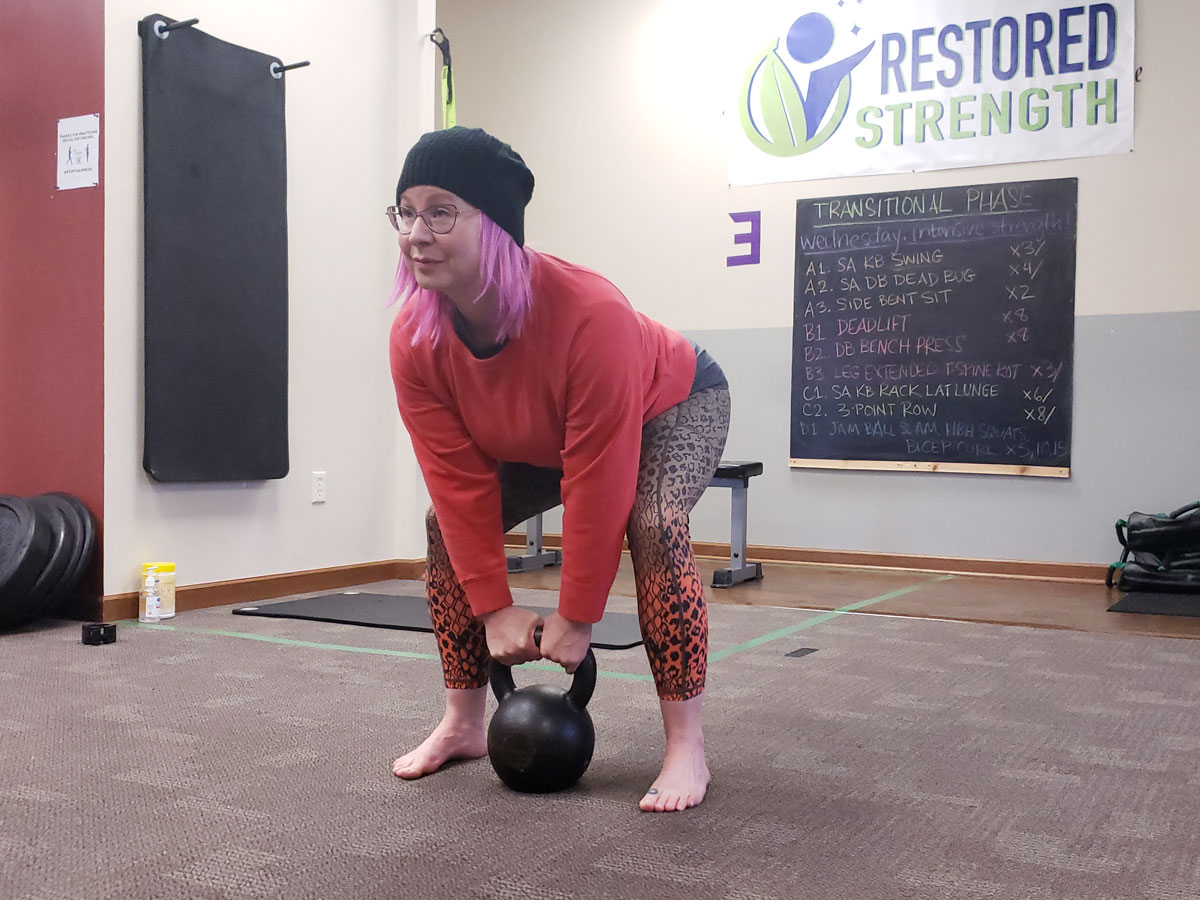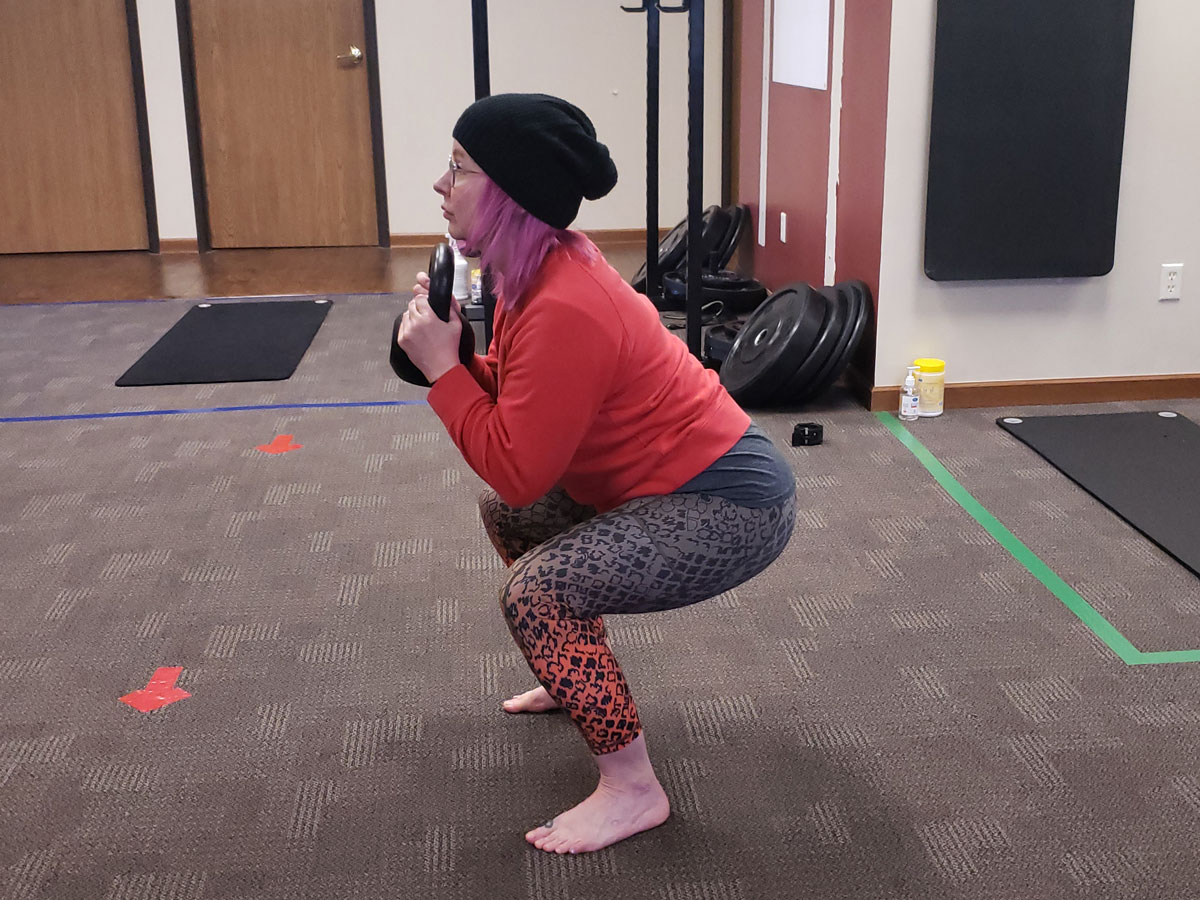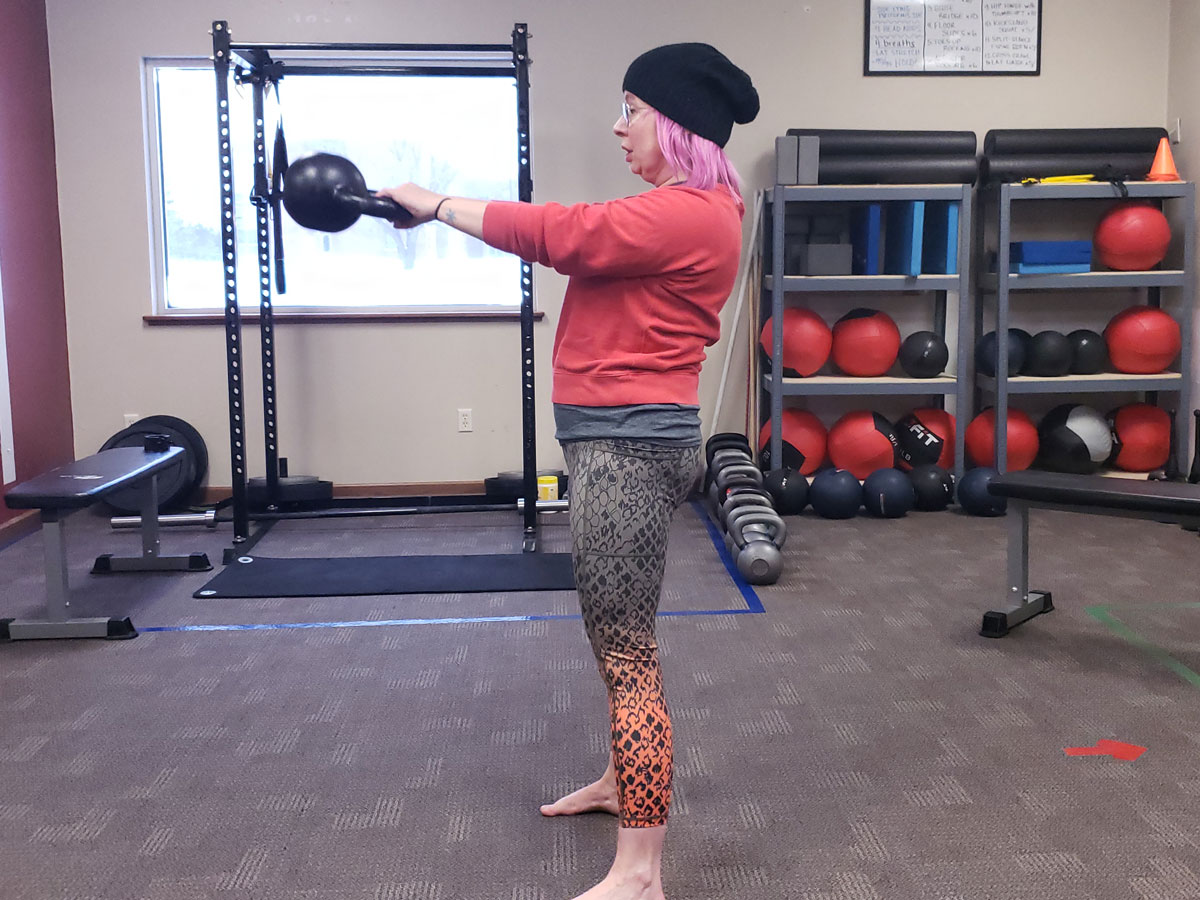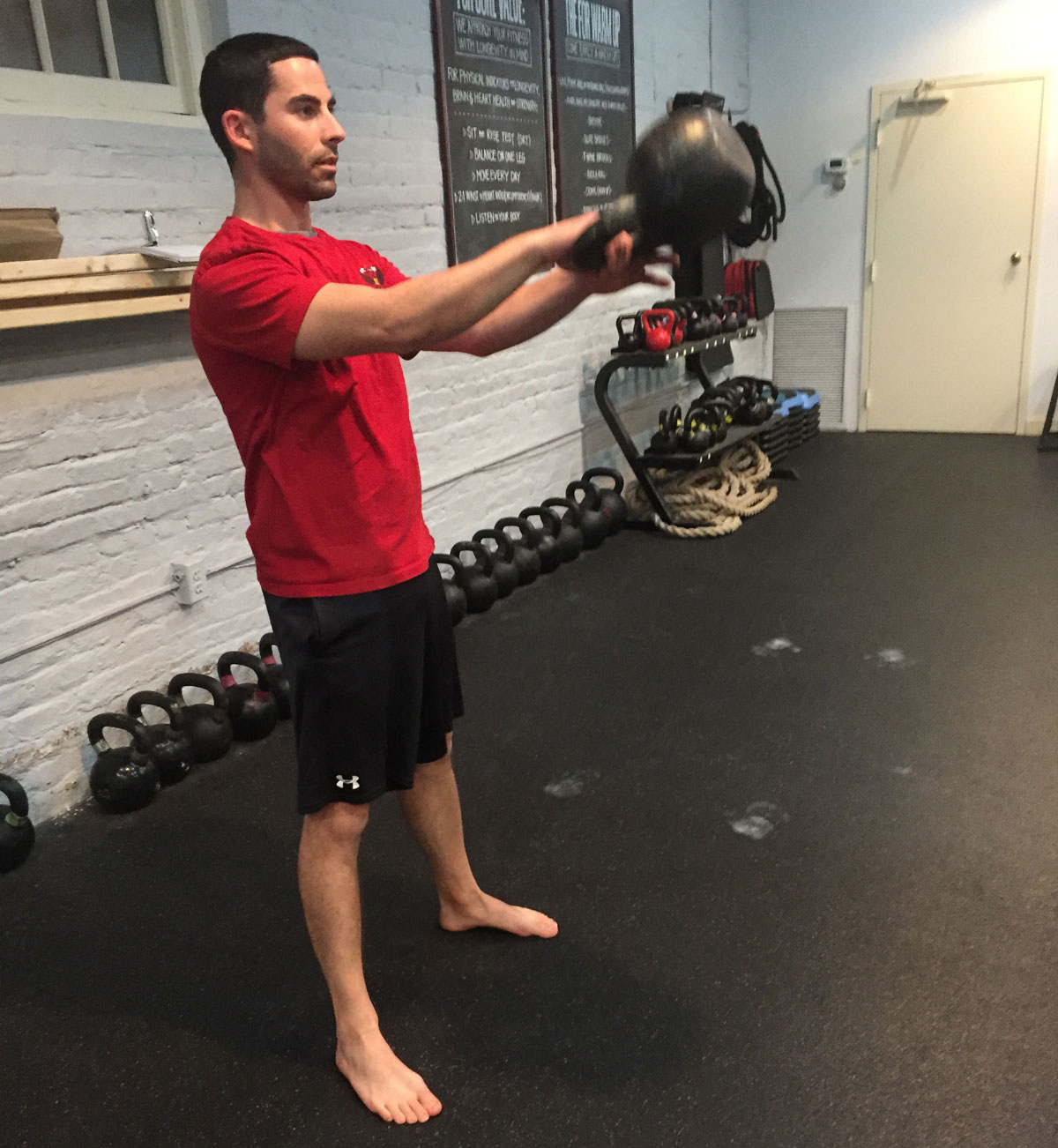
If you work out with kettlebells, then you’re probably doing swings… lots of swings.
The kettlebell swing sets the foundation for learning more advanced movements and is a simple way to increase your strength and conditioning.
You may have gotten into kettlebells because you want to get stronger, improve your athletic performance or lose weight. Whatever your goal may be the Kettlebell Swing can help get you there.
Today, I want to talk about how the Hardstyle kettlebell swing can be used to help you burn fat.
Studies have shown that interval training is highly effective for weight loss. Alternating between brief periods of intense exercise and rest/relief is an effective way to burn a lot of calories and increase your stamina.
Using the Hardstyle swing for your intense exercise is a no-brainer because of its effect on your heart rate, low impact on your joints, and the number of muscle groups it engages. Plus, when done correctly it can alleviate back pain.
Hopefully, I’ve made my case for using this exercise as a great tool to help shed fat (along with a healthy diet of course).
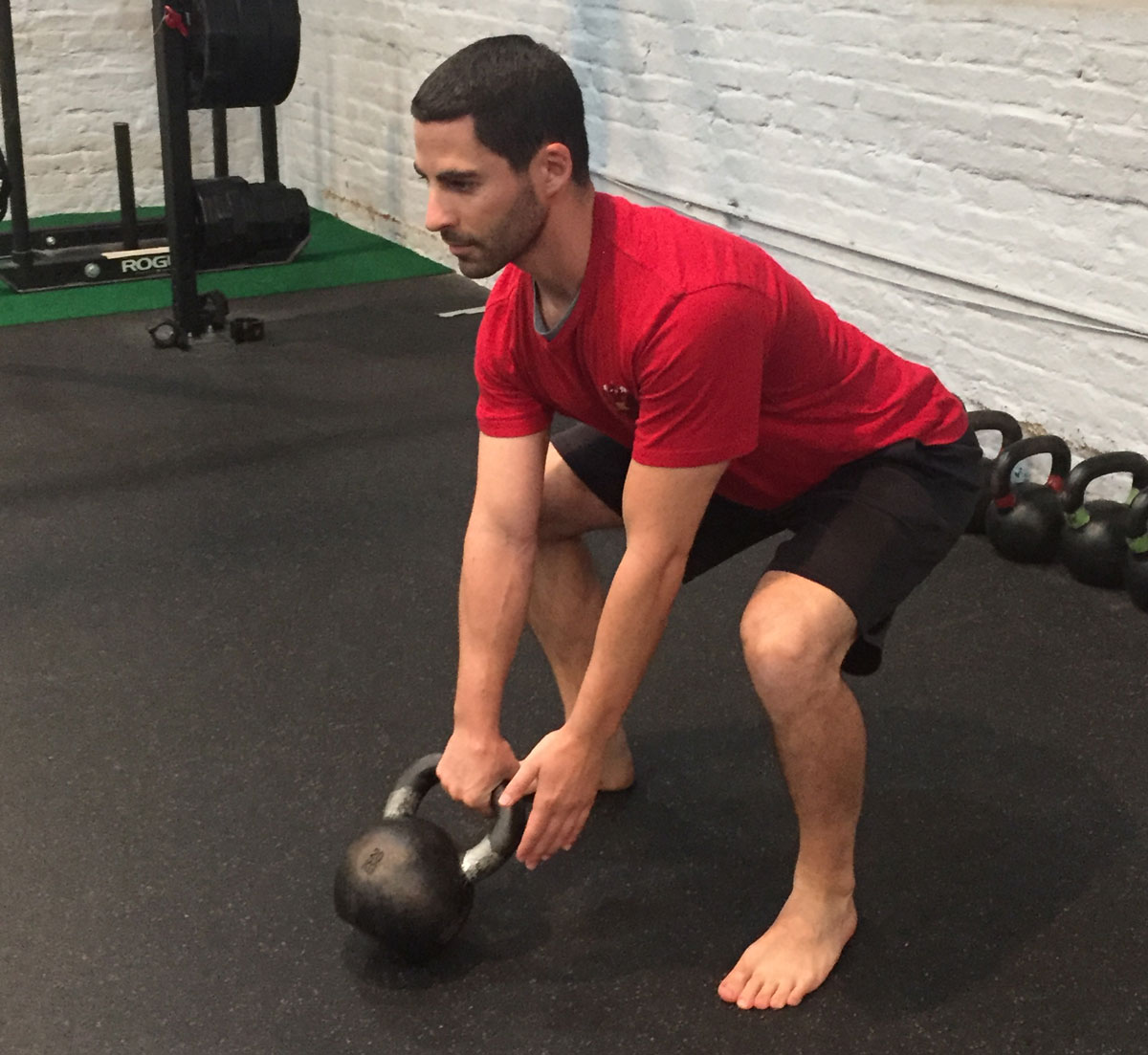
Now, let’s dive into the numbers so you can dial in your workouts and figure out the best combination of reps and rest periods.
In order to create an interval style workout that will promote fat loss you should try and aim for a 1-to-1 or a 2-to-1 work to rest ratio.
So, let’s assume 10 swings take approximately 15 seconds. If you’re using the 1-to-1 work to rest ratio, then you would do 10 kettlebell swings, then rest for 15 seconds. You would keep this interval up for as long as you can maintain good form and power.
If you’re more advanced or you have a higher conditioning level, you can use a 2-to-1 work to rest ratio. That could be 20 kettlebell swings followed by 15 seconds of rest or 10 swings followed by 7 seconds of rest.
You can use these swing intervals at the end of a workout for conditioning or have an entire workout dedicated to this type of training. The choice is yours!
I would love to know what you think and if you find this effective!
Stay Strong and Safe,
Ryan Jankowitz, RKC II
***
Ryan lives in Maryland with his wife and two dogs. They love to go hiking and spend time on the beach. When he’s not telling his dogs to stop chasing squirrels, Ryan enjoys spreading the RKC message and teaching others how to train with kettlebells. He has a 90-day kettlebell program (online) that helps busy adults get into shape and look and feel better by working out effectively and eating healthier so they can boost their energy levels, elevate their self-confidence and look good in their underwear. If you’d like to learn more about it, click here to set up a time to chat with Ryan.
